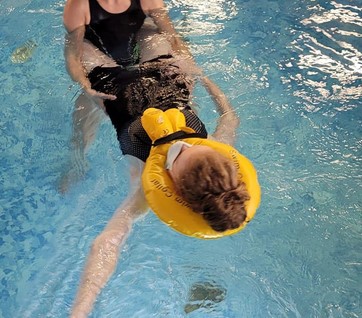What is Chronic Pain?
Chronic pains are pains that lasts for at least three (3) months or longer; and it tends to lead to emotional distress, decreased function and movement…and eventual physical and social decline.
If you know someone whose pain still is persistent even with, during or after medical treatments (usually in the cases of chronic pain issues), it’s usually a complex pain syndrome.
Contents
Vicious pain cycle
Sometimes, it could be a progression of disease (tissue pathology); sometimes its compounded due to the vicious pain cycle. A person in pain with movement, typically will avoid doing anything that causes pain (this is entirely normal)…however, this practice leads to
- decreased range of motion and soft tissue stiffness
- decreased strength and weakness
- decreased balance
In turn, these increase the likelihood of pain experience ie moving stiff joints is painful, “on top” of the original pain etc. Decreased function in roles and work and responsibilities can lead to problems in self esteem, hope, “normalcy”, and can cause low mood and even clinical depression.
It’s this vicious pain cycle that we need to intervene and stop, and introduce a new good movement and good/allowed pain cycle. The approach is related to problem solving and returning control to the individual.
How chronic pain physio management can help
The only way to manage chornic pain is active management including empowering the client to
- firstly, understand intimately their condition and what sparks pain
- secondly, to move in spite of potential and actual pain, because it will condition and feedback to the body and brain, eventually decreasing overall pain experience in the mid to long term
Chronic pain physiotherapy has a lot of supervised exercise as a “training ground” to guide the client under supervision on how to independently upgrade (or temporarily downgrade) their exercise program and how to implement strategies independently to cope with setbacks.
What a chronic pain physio session may look like
Typical sessions may include:
- Providing education for safe movement
- Gentle range of motion exercises, stretching and core strengthening to improve physical function
- Gentle graded aerobic exercise program to bring on pain relieving effects of general exercise
- Gentle graded strengthening exercise program based at clinic (such as clinical pilates), home or a local gym
- Pain, movement and function goal setting
- Self-management coping strategies that a client can implement to prevent or manage pain flare ups (it happens)
- Careful planning of tasks and daily activities
- Relaxation training
The overall goal is to help guide and supervise patients through guided treatments to be able to take back control of their own lives, movements and activities, managing the pain.
Therapeutic Neuroscience Education (TNE)

Part of the Chronic Pain treatment will include an approach called Therapeutic Neuroscience Education (TNE) which teaches patients about the biological processes of pain. Teaching people with pain more about the neuroscience of their pain (TNE) produces some impressive immediate and long-term changes such as:
- reduction in pain experienced
- functional and movement improvements
- decrease in fear (and increase in fear management)
- increase in positive thoughts about pain despite pain
- increase knowledge about pain
- increase movements and mobility
- increase in function in roles and responsibilities and tasks
- more muscle activations and usage
- less brain pain activations to pain
- more keen and willing to participate in activities, exercise and social events
Where To Next?
- Go to Home / Start
- Learn and find out more about your pains (bones, muscles, joints, tendons, ligaments, nerves etc) at Pain Conditions & Injuries
- Visit our shop to see products we recommend for pain relief, heating, treatments and more
- Contact us


